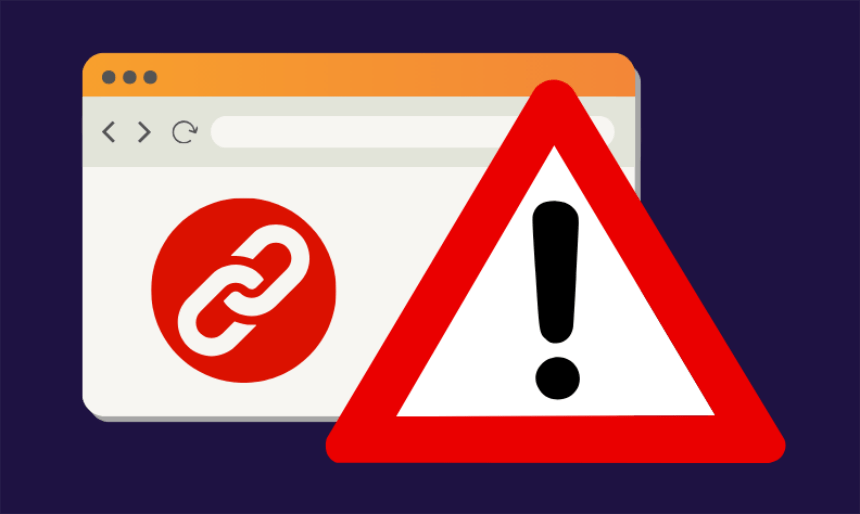A Complete Guide to Conducting a Backlink Audit and Removing Bad Links
Table of Contents
- Introduction
- Understanding Backlinks and Their Importance
- Why Conduct a Backlink Audit?
- How to Conduct a Backlink Audit
- Step 1: Gather Your Backlink Data
- Step 2: Analyze the Quality of Your Backlinks
- Step 3: Identify and Remove Bad Links
- Step 4: Disavow Unwanted Links
- Tools for Conducting a Backlink Audit
- Ahrefs
- SEMrush
- Moz
- Best Practices for Removing Bad Links
- Manual Removal
- Requesting Removal
- Disavowing Links
- Conclusion
A Complete Guide to Conducting a Backlink Audit
Introduction
In the vast world of SEO, backlinks play a crucial role in determining the authority and credibility of a website. However, not all backlinks are created equal. Some may be harming your website’s ranking instead of helping it. Conducting a backlink audit and removing bad links is essential for maintaining a healthy link profile and ensuring your website’s success in search engine rankings. In this complete guide, we will explore the importance of backlinks, the reasons to conduct a backlink audit, and provide a step-by-step process for identifying and removing bad links.
Understanding Backlinks and Their Importance
Before delving into the process of conducting a backlink audit, it is crucial to understand the concept of backlinks and why they are significant for SEO. Backlinks, also known as inbound links, are links from external websites that direct users to your site. These links act as votes of confidence from other websites, indicating that your content is valuable and trustworthy.
Search engines like Google consider backlinks as one of the key factors when ranking websites. The more high-quality backlinks your website has, the better your chances of ranking higher in search engine results pages (SERPs). However, it is vital to note that quality outweighs quantity when it comes to backlinks. Spammy or low-quality backlinks can have a detrimental effect on your website’s visibility and authority.
Why Conduct a Backlink Audit?
Conducting a backlink audit is essential for several reasons. Firstly, it helps you identify and remove any bad or toxic backlinks that may be affecting your website’s SEO performance. These bad links can be a result of link building practices that violate search engine guidelines or simply acquired naturally over time.
Secondly, a backlink audit provides valuable insights into your website’s link profile. You can identify the sources of your backlinks, analyze their quality, and understand the overall health of your website’s linking structure. This information is crucial for ongoing link building efforts and improving your website’s online presence.
Lastly, a backlink audit helps you stay ahead of any penalties or algorithm updates that search engines may roll out. By proactively identifying and removing bad links, you can ensure that your website remains in good standing with search engines and maintains its organic traffic.
How to Conduct a Backlink Audit
Step 1: Gather Your Backlink Data
The first step in conducting a backlink audit is to gather comprehensive data on your website’s backlink profile. There are several tools available, such as Ahrefs, SEMrush, and Moz, that can help you collect this data. These tools provide insights into the number of backlinks, their origin, and various metrics to assess their quality.
Step 2: Analyze the Quality of Your Backlinks
Once you have your backlink data, it’s time to assess the quality of each link. Look for links that come from authoritative and relevant websites within your industry. Analyze metrics such as Domain Authority (DA), Page Authority (PA), and Trust Flow to gauge the overall quality of the linking domains. Remove any links that come from link farms, spammy directories, or websites with low-quality content.
Step 3: Identify and Remove Bad Links
Next, identify the bad links that may be harming your website’s SEO performance. Look for links that violate search engine guidelines, have a high spam score, or seem unnatural. These could include paid links, link exchanges, or links from irrelevant websites. Create a list of these bad links and prepare to take action to remove them.
Step 4: Disavow Unwanted Links
In some cases, you may not be able to remove certain bad links manually. Luckily, search engines provide a mechanism called disavowal, allowing website owners to request search engines to ignore specific links. Create a disavow file and submit it to search engines like Google’s Disavow Tool to ensure these unwanted links don’t negatively impact your website’s ranking.
Tools for Conducting a Backlink Audit
To conduct a comprehensive backlink audit, several tools can help in gathering, analyzing, and monitoring your website’s backlink data efficiently. Here are three popular options:
Ahrefs: Ahrefs is a robust SEO tool that provides in-depth backlink analysis, competitor research, and content marketing features. It offers comprehensive data on your backlinks, including toxic link identification and monitoring options.
SEMrush: SEMrush is another all-in-one SEO tool that offers a range of features, including backlink analysis. It provides detailed reports on your backlink profile, anchor text distribution, and competitor benchmarking.
Moz: Moz is known for its quality SEO tools, and their backlink analysis tool is no exception. Moz offers insightful metrics, such as Domain Authority, Spam Score, and Linking Domains, to help you assess the quality of your backlinks.
Best Practices for Removing Bad Links
When removing bad links, it’s important to follow best practices for a smooth and successful process. Here are some recommended approaches:
Manual Removal: Reach out to website owners directly and kindly request the removal of the bad link. Provide them with the URL and any additional relevant information. Be polite and explain why the link is harming your website’s SEO. Keep a record of your removal requests for future reference.
Requesting Removal: If reaching out to website owners manually doesn’t yield results, consider using tools like Google’s Disavow Tool or Bing’s Disavow Links tool. These tools allow you to submit a list of links you want search engines to disregard when evaluating your website’s ranking.
Disavowing Links: As mentioned earlier, disavowing links is an effective method for dealing with bad links that you are unable to remove manually. Create a disavow file using proper syntax and submit it to search engines’ disavowal tools. Monitor the status of disavowed links and update the file regularly.
Conclusion
Conducting a backlink audit and removing bad links is an essential part of any comprehensive SEO strategy. By keeping your link profile healthy and free from toxic links, you improve your website’s chances of ranking higher in search engine results and attracting organic traffic. Remember to regularly conduct backlink audits, use the right tools, and follow best practices to ensure the long-term success of your website’s SEO efforts.



0 thoughts on “A Complete Guide to Conducting a Backlink Audit and Removing Bad Links”